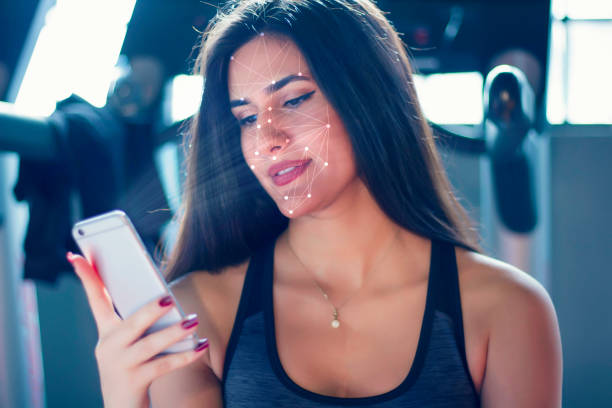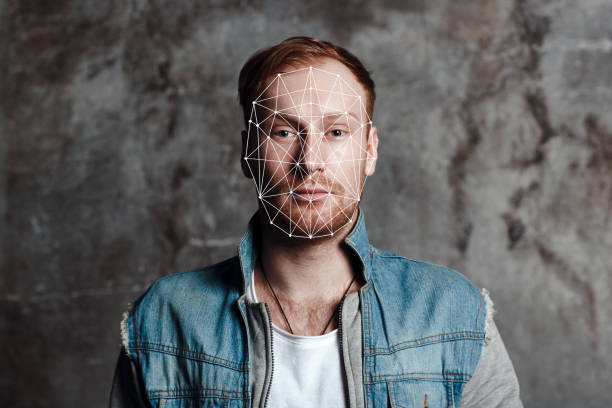Facial recognition technology is becoming increasingly important for automating processes and occupations across several sectors. APIs can swiftly and correctly authenticate a person’s identification using face recognition, eliminating the need for time-consuming and error-prone manual verification methods.
The advantages of employing facial verification APIs for automation are numerous. In the banking industry, for example, automated identity verification may speed up client onboarding, making it simpler for new customers to create accounts or apply for loans. Automating patient identification verification in healthcare can assist avoid medical identity theft and enhance patient safety.
Using face verification APIs to automate identity verification may also improve security, particularly in areas such as border control and access management. Security officers may swiftly check the identification of persons using face recognition technology, lowering the danger of unlawful access.
Increased productivity is another significant advantage of utilizing facial verification APIs for automation. Businesses may free up staff time to focus on more value-added duties by automating manual verification procedures, thus enhancing overall productivity.
Overall, these are important applications for a technology that can automate processes and activities in a variety of sectors. The advantages of employing this technology for automation include higher accuracy, improved security, and increased efficiency, making it a key component of many firms’ operations.

What Are The Initial Steps For Using A Face Verification API?
Finding a supplier that offers the service and signing up for an account are the initial steps in using a face verification API. Once you have an account, you must integrate the API into your system by following the provider’s documentation.
You must also offer a database of known photos for the API to compare. In this case, we’ll be using the Face Comparison Validator API from ZylaLabs API Hub. We tried this API and found it to be an excellent choice for displaying an API call when comparing two photographs.
The API retrieves two images from the URL in this case, and the AI handles the rest. The obvious outcome will be as follows:
This item will indicate if “the two faces belong to different people” or “the two faces belong to the same person” (in the case of a face match), and will respond as follows:
{
“statusCode”: 200,
“statusMessage”: “OK”,
“hasError”: false,
“data”: {
“resultIndex”: 0,
“resultMessage”: “The two faces belong to the same person. “,
“similarPercent”: 0.9042724605108994
},
“imageSpecs”: [
{
“leftTop”: {
“isEmpty”: false,
“x”: 718,
“y”: 195
},
“rightTop”: {
“isEmpty”: false,
“x”: 356,
“y”: 176
},
“rightBottom”: {
“isEmpty”: false,
“x”: 337,
“y”: 538
},
“leftBottom”: {
“isEmpty”: false,
“x”: 699,
“y”: 557
}
},
{
“leftTop”: {
“isEmpty”: false,
“x”: 859,
“y”: 160
},
“rightTop”: {
“isEmpty”: false,
“x”: 511,
“y”: 111
},
“rightBottom”: {
“isEmpty”: false,
“x”: 462,
“y”: 459
},
“leftBottom”: {
“isEmpty”: false,
“x”: 810,
“y”: 508
}
}
]
}
You must first complete the following steps before you can begin utilizing it:
1- Navigate to Face Comparison Validator API and click “START FREE TRIAL” to begin using the API.
2- After enrolling with Zyla API Hub, you will receive your own API key.
3- This endpoint will accept the picture URL and provide the comparison results. You’ll know whether the two images are of the same individual.
4- After you’ve located the necessary endpoint, run the API call by clicking the “run” button and viewing the results on your screen. And that’s all there is to it, right?
After you’ve integrated and configured the API, you can use it to easily automate identity verification processes in your workflows.
Related Post: Get Started With Face Verification APIs

